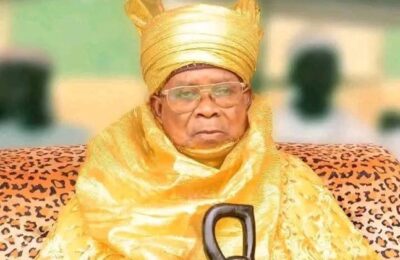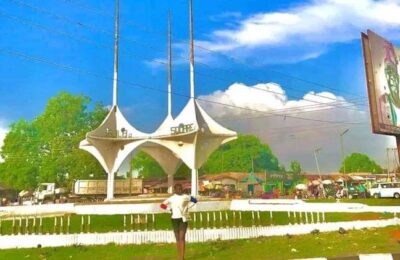In the course of the political campaigns leading to the March 28 presidential and National Assembly elections in Nigeria, a lot was said by the All Progressives Congress (APC) about the power sector and plans to improve power generation, transmission and distribution in the country, but no plans were unfolded for rural electrification. On Tuesday, 14th of April, 2015, while unveiling his economic policies at the Lagos Business School breakfast meeting, the President-elect Muhammadu Buhari, represented by former Ekiti State governor, Dr. Kayode Fayemi talked of plans to privatise transmission, address issues of gas supply, add 4,000mw of power yearly and address DisCos’ related impediments, yet, no mention of plans for rural electrification.
Data from the National Demographic and Health Survey (NDHS) of the National Population Commission (NPC) shows that as far back as 2008, approximately 100 million Nigerians or 21.9 million households lived in the rural areas of the country, while 50 million Nigerians or 12.1 million households lived in the urban areas. This implies that 67% of Nigerians live in rural areas, which also doubles as those at the bottom of the pyramid and poorest socio-economic group.
Available data also shows that only about 40%-45% of the country is currently connected to the national grid, depending on the source of information. According to the International Energy Agency (2013), Nigeria, which currently ranks 7th in world population, cannot provide access to electricity to an estimated 85 million Nigerians. Data from the National Bureau of Statistics (NBS) also shows that Northern Nigeria is most affected, with 81% of the population of a state like Taraba not having access to electricity at all. Thus, the need for a Buhari government to take rural electrification seriously.
The National Rural Electrification Programme of the Federal Government of Nigeria (FGN) started in 1981, with the aim of providing electricity access to the headquarters of the 774 local government areas (LGAs) via the national grid. The programme succeeded in connecting 600 LGAs to the national grid, without much spread beyond the headquarters of the various LGAs. This was done under the monopoly of the defunct National Electric Power Authority (NEPA). Attention here was on electrifying cities, thus, rural electrification received less priority. Inadequate funding and structural constraints were also major inhibitions to rural electrification during this period.
Since the Electricity Power Sector Reforms Act (EPSRA) 2005 was enacted, a new agency called the National Rural Electrification Agency (NREA) was created, and vested with various roles and responsibilities towards addressing rural electrification. According to the EPSRA 2005 section 88(13), the NREA is to establish a Rural Electrification Fund (REF) with set criteria to support and promote rural electrification programmes through private and public participation. Ten years later, the REF is still inactive, yet, the NREA embarks on constituency projects in collusion with the National Assembly, which is outside the purview of the EPSRA.
Amongst some of the challenges militating against rural electrification in Nigeria are: Lack of political will and neglect of rural electrification in the overall electricity reforms, lack of effective management of the National Rural Electrification Agency, Inadequate funding, corruption, delay in approving the Rural Electrification Strategy and Implementation Plan (RESIP), Lack of stakeholders’ coordination in the light of privatisation, poorly directed subsidies, Inadequate income generating activities for rural dwellers, delay in providing regulations for rural electrification and above all, the lack of proper planning and prioritisation of projects.
In terms of funding, which has caught the attention of experts in rural electrification over the years, the Buhari government would have to explore options to augment the REF such as: i) Renewable Energy Development Charge, which would be a token of say 10kobo per kWh charged to the electricity market; ii) Rural Electrification Development Fund Tax, which would be a percentage of tax from all registered companies, to be deducted at source by the Federal Inland Revenue Service (FIRS); iii) Corporate Social Responsibility obligation for oil companies to invest in rural electrification; iv) crowd funding and v) Private equity funds for renewable energy could be explored.
Other funding opportunities such as donor agencies, local communities, state governments and private sector can only be adequately explored if the Rural Electrification Strategy and Implementation Plan (RESIP) is approved and other necessary policies and requisite enabling environment are put in place by the incoming government as soon as possible. Mini and small hydro projects from existing dams, which are over 200 in Nigeria could also be vigorously pursued for mini-grid solutions and embedded generation purposes.
For business models to deliver rural electrification services in Nigeria, a Buhari government should be looking at combining a number of them predicated majorly on Public Private Partnerships (PPP). Incentives would have to be provided, similar to what is obtainable for the recently privatised GenCos and DisCos. Viability gap funding model, employing the services of co-operatives, experimenting with fee-for-service ESCO models, as well as introducing franchise model for DisCos, are all useful models that should be adopted.




